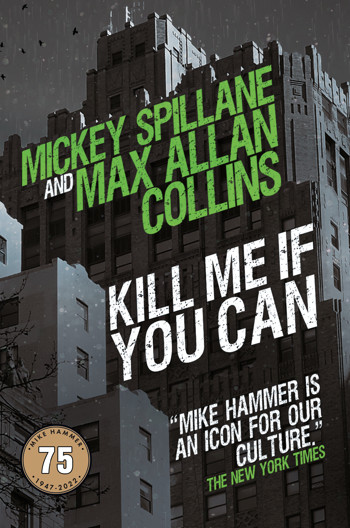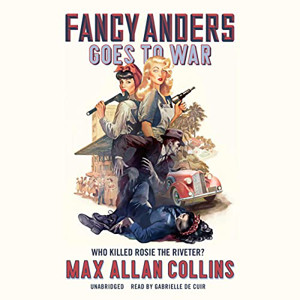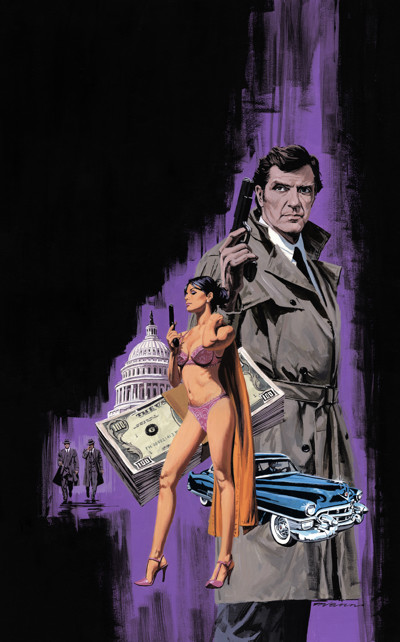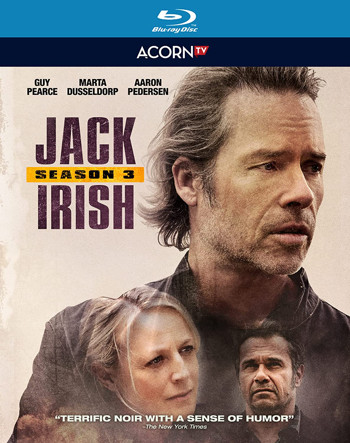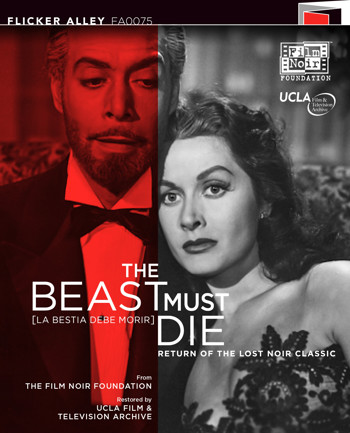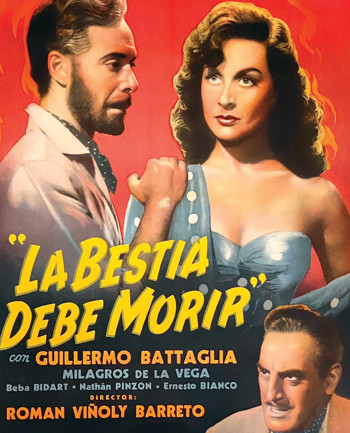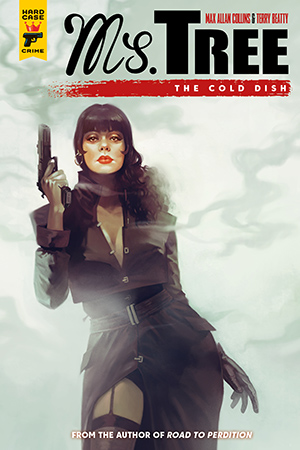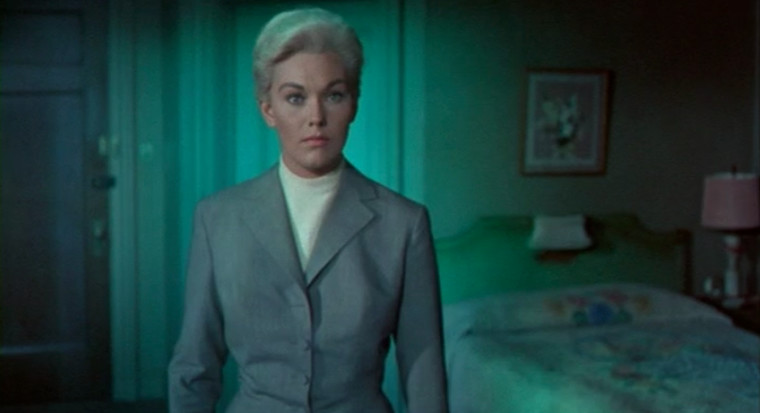So it’s 2022 and that makes it the 75th anniversary of Mike Hammer.
More specifically, it’s the 75th anniversary of the publication of I, the Jury (1947), the first Hammer novel. The character, arguably, begins with Mike Lancer, who appeared in one story written by Spillane and drawn by Harry Sahle, “Mike Lancer and the Syndicate of Death,” in Harvey’s Green Hornet comic in 1942. Lancer became Mike Danger, although none of the comics stories were published till 1954.
If you’ve been following this update/blog, you may recall that we have a lot of special things in store this year for the Hammer birthday celebration. I have used several unproduced TV scripts by Mickey to write the 2022 novel, Kill Me If You Can, available in August (and for pre-order now). The book is the prequel to The Girl Hunters (1962) and deals with the missing period between it and Kiss Me, Deadly (1952), showing how Hammer dealt with Velda’s disappearance and apparent demise. (Hint: not well.)
But wait, there’s more: in addition to the full-length novel, we are including five short stories written by me from unpublished Spillane material; this includes two Hammer stories and three others in the Hammer-verse. These stories have appeared in The Strand, Ellery Queen’s Mystery Magazine and Mystery Tribune, and are collected here for the first time. I am very grateful to Titan publishers Vivian Cheung and Nick Landau and editor Andrew Sumner for giving me this opportunity to make the 2022 Mike Hammer book something really special.
Again, if you’ve been following these updates at all, you’re aware that Jim Traylor and I have completed Spillane – King of Pulp Fiction, the long-in-the-works biography of Mickey. It’s in the hands of Mysterious Press publisher Otto Penzler who, after some tweaks and minor rewrites, has sent the book into copyediting. In recent weeks I’ve compiled the photos for the book and written captions, all of which have been approved by Jim and which are now in the hands of my son Nate to prepare them for the book designer.
I don’t have an official pub date yet, but the idea is for the biography to be out toward the end of this birthday year.
Additionally, I am working with Wolfpack editors Paul Bishop and James Reasoner, as well as publisher Mike Bray, to bring out several major Spillane books during this celebratory year. First, a collection of Mickey’s YA adventures novels will for the first time gather all three of those books into one volume, The Shrinking Island, named for the previously unpublished final book in the Josh and Larry trilogy. Hardcore Spillane fans have been waiting for this for a long time.
In addition, I have novelized and expanded Mickey’s unproduced screenplay, The Menace – the only work of his that was designed as a horror property – into a novel. Wolfpack will be bringing that out this year, possibly under their recently acquired Rough Edges Press imprint.
Finally, I am in the process of putting together a collection of Spillane’s short fiction – not all that short, because mostly this is novellas – plucked from two long out-of-print collections I edited (Tomorrow I Die and Together We Kill). This new book – Stand Up and Die! – will excise from previous two collections assorted non-fiction and non-mystery-fiction works and leave only vintage Spillane crime yarns.
Included will be a new edit by me of “The Night I Died,” the Mike Hammer short story that marked the only Hammer collaboration between Mickey and me during his lifetime (we of course worked on the revival of Mike Danger together). It is based on an unproduced radio play Mickey wrote around 1953. I am taking a new look at it because I now feel it was too literally a translation of the script.
The novellas, including the title one and the little-seen “Hot Cat” (aka “The Flier”), are particularly strong. This will be a fine addition to the books published in the Hammer birthday year.
In addition, I am working with Bob Deis, the mastermind behind Men’s Adventure Quarterly, to present a raft of other Spillane novellas in at least one collection including the original men’s adventure magazine illustrations.
We had great success with Mickey’s 100th birthday celebration a few years ago; this represents a new – and perhaps last – bite at the apple. I hope to do a few more Hammer novels for Titan, including Mickey Spillane’s The Time Machine (originally Mike Danger but now Mike Hammer) before wrapping up the saga. And if Wolfpack is successful with the Spillane publications above, I have one more unproduced Mickey screenplay to novelize and half a dozen novels he began that are waiting to be finished.
I’m sorry to report that Kensington has not requested a new Caleb York, but Wolfpack has been very successful with their western line, and – again, depending on how these Spillane titles to for them – we may see Caleb (and me) back in the saddle. I don’t have a pub date, but I think Kensington will still be bringing out Shoot-out at Sugar Creek in a mass market edition as yet another Spillane title in the Hammer anniversary year.
As usual, the success of all this is in your hands.
Here’s a very smart review of the new Hard Case Comics Ms. Tree collection from Titan, third in the series.
Check out this fabulous review of Fancy Anders Goes to War from Ron Fortier.
Some interesting thoughts about the film version of Road to Perdition here.
This list of the best mysteries of all time includes a number of my titles. Aw shucks, he said. About time, he thought.
M.A.C.
